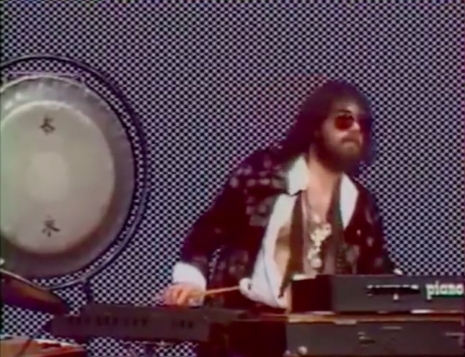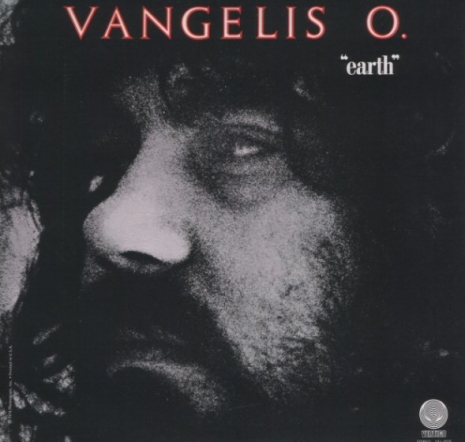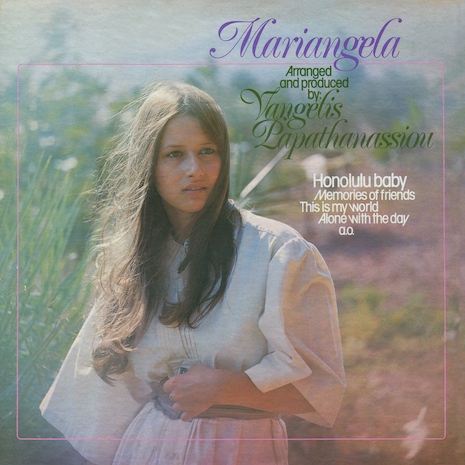
The mid 1970s pairing of Mariangela, a promising young singer/songwriter, and the Greek composer/musician/producer Vangelis might have seemed illogical on paper, but the result was a unique album that, unfortunately, didn’t get its due.
At age eleven, Mariangela Papaconstantinu began playing guitar, and by the time she reached thirteen, she was writing songs. Before long, she started appearing weekly on a music television program in Greece (Mariangela is half Greek, half Italian), singing her English-language material. This led to her signing with a major label, Polygram, and beginning work on her debut album—all before she turned fourteen.
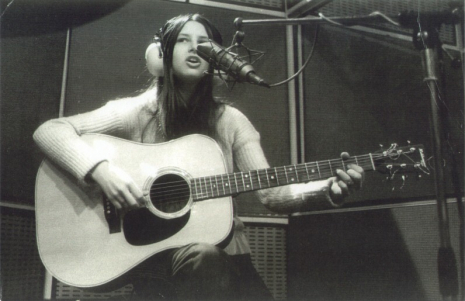
In the mid ‘70s, Vangelis Papathanassiou was becoming increasingly famous in Europe. He first achieved prominence as a member and chief composer of the prog rock band Aphrodite’s Child, with their 1972 double-album rock opera 666 getting a lot of attention, though he was still years away from the worldwide success he’d achieve with the soundtrack for Chariots of Fire. Vangelis had released three solo records when he was hired by Polygram to produce promising acts on the label; he quickly chose Mariangela.
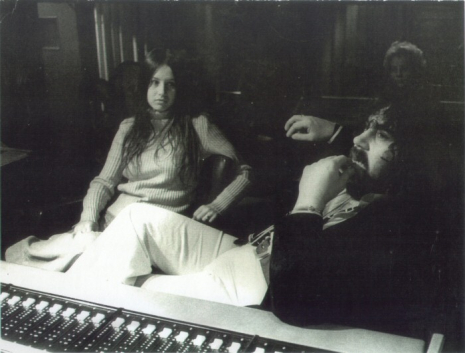
Mariangela and Vangelis.
Before recording of her album in London commenced, Mariangela sang back-up vocals for a group Vangelis was producing, Socrates. The band returned the favor by playing on Mariangela’s self-titled debut.
As producer, Vangelis selected the tracks that would appear on the Mariangela record. He picked four of her songs, with the remaining seven tunes coming from various writers, including four by an obscure figure named Denny Beckermann. His “Honalulu Baby” kicks off the album and was chosen as the lead single.
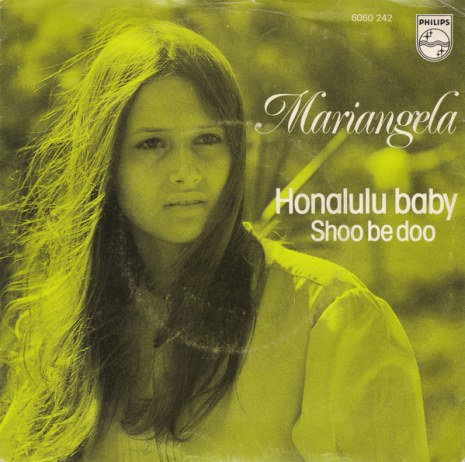
The Beach Boys-esque number, like much of the album, is lavishly arranged, filled with strange synth sounds. The first of the Mariangela-penned numbers to appear on the LP, “You Are the One,” resembles an ABBA production, and is just a gorgeous pop song. Mariangela sings confidently throughout the record, and proves to be a talented songwriter, seeming older beyond her years. This is especially apparent on the melancholic “Memories of Friends,” which includes such lyrics as “good things never last for long” and “loneliness is meant to be my friend”—fairly introspective for someone barely in their teens. Other highlights include “What You’re Doing to Me” (think Olivia Newton-John gone weird), and the glorious “Rainbow,” a throwback to the sunshine pop of the 1960s.
For reasons that are unclear, Mariangela (1975) was only released in select countries, and those didn’t include England or Western Europe. The album quickly sank without a trace. Mariangela wouldn’t release a follow-up full-length until the ‘90s.
Mariangela is now a sought-after collectible. In 2012, a sealed copy of the original Canadian pressing sold for 300 bucks.
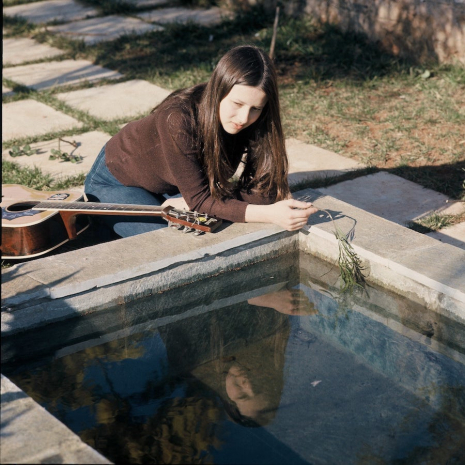
At long last, Mariangela’s adventurous debut will be reissued on vinyl, courtesy of Telephone Explosion. Due May 1st, you can pre-order it via the label’s website.
With their announcement of the remastered record’s pending release, Telephone Explosion posted one of the songs from the album written by Mariangela, the out of this world, “My Dear Life”:
For Dangerous Minds readers, the label has uploaded the aforementioned “You Are the One”:
Previously on Dangerous Minds:
Meet Chandra, the pre-teen who released a fantastic post-punk record in 1980
Unheard new wave track from 1983 by teenage artist Chandra (a DM premiere)
Vangelis stars in the most synth-tastic footage ever committed to videotape






